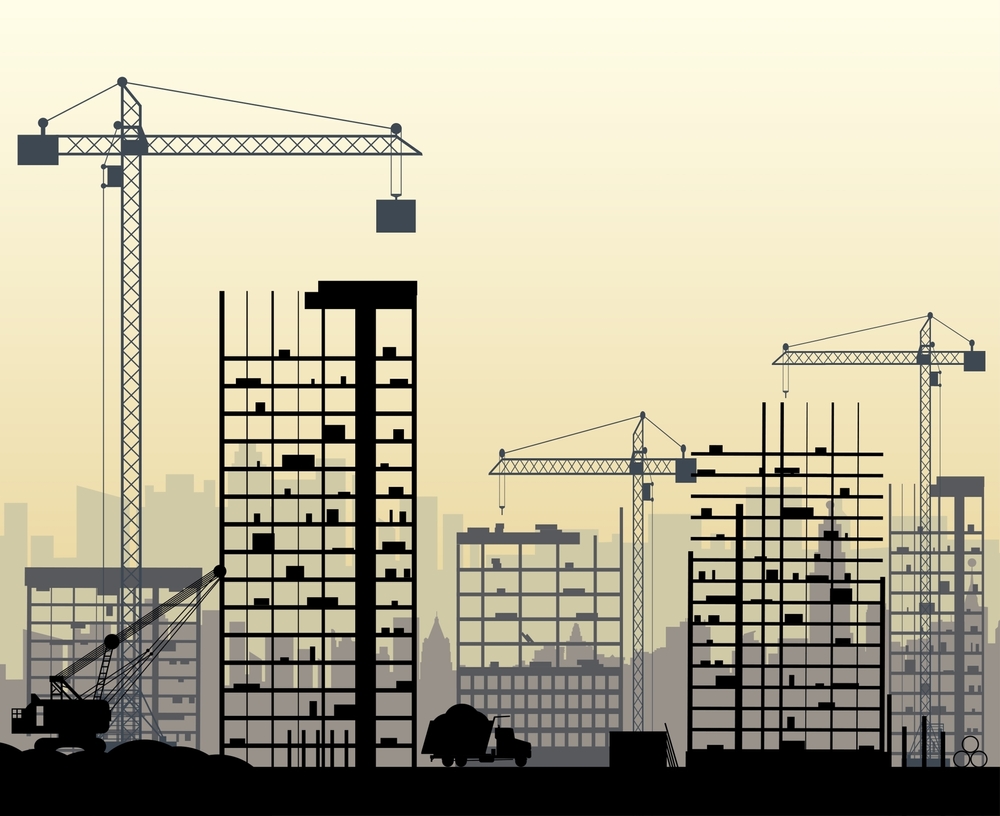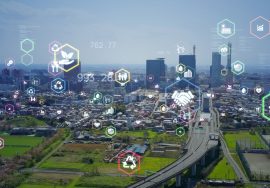The Future of Construction: Emerging Technologies You Should Know
The Future of Construction: Emerging Technologies You Should Know

The construction industry is on the cusp of a technological revolution, driven by innovative advancements that are reshaping the way we design, build, and manage projects. From automation to artificial intelligence, these emerging technologies are enhancing efficiency, reducing costs, and improving safety across the construction landscape. Here’s a look at the top emerging technologies that are shaping the future of construction.
1. 3D Printing: Revolutionizing Building Materials
3D printing has made a significant leap from prototype creation to full-scale construction. Large 3D printers can now create entire structures layer by layer using concrete, plastic, and other materials. This technology allows for faster, more efficient, and cost-effective construction, with fewer labor requirements and reduced material waste.
- Impact: 3D printing offers customized, precise designs at lower costs and is especially useful for affordable housing and disaster relief projects. Its ability to print complex structures also reduces reliance on traditional building methods, leading to faster project completion.
2. Drones for Aerial Site Surveys
Drones are increasingly being used in construction for surveying, mapping, and monitoring large sites. Equipped with high-resolution cameras and sensors, drones can capture detailed aerial views of construction projects, providing real-time data on project progress, terrain, and potential hazards.
- Advantage: Drones reduce the time and cost required for site surveys, offer better accuracy, and improve safety by reaching areas that may be dangerous for workers to access. They are also invaluable for keeping track of large-scale projects and identifying problems early on.
3. Robotics and Automation
Robotics is rapidly gaining traction in the construction industry, with machines designed to handle tasks like bricklaying, welding, and concrete pouring. Autonomous construction robots can perform repetitive tasks with precision, reducing human error and increasing efficiency.
- Future Impact: Robotics not only speeds up construction processes but also addresses the labor shortages that many construction companies face. The use of robots for tasks like demolition or material transportation ensures greater safety on-site while reducing costs and timelines.
4. Building Information Modeling (BIM)
Building Information Modeling (BIM) is transforming how buildings are designed and constructed by offering detailed digital representations of physical structures. BIM integrates various project elements—such as architecture, engineering, and scheduling—into a unified 3D model, allowing for better planning and collaboration.
- Advantage: BIM allows project teams to visualize the entire construction process before it starts, detect potential design clashes, and streamline communication among all stakeholders. This results in fewer errors, reduced rework, and overall improved project outcomes.

5. Augmented Reality (AR) and Virtual Reality (VR)
AR and VR are changing the way we visualize and interact with construction projects. Virtual reality allows project stakeholders to immerse themselves in a digital model of a building before it’s constructed, while augmented reality overlays digital information onto the real-world site for enhanced accuracy and planning.
- Use Cases: These technologies help contractors, architects, and clients to identify design issues early, make informed decisions, and provide a better understanding of how the finished project will look and function. AR and VR also improve training for construction workers by simulating real-world environments.
6. Artificial Intelligence (AI) and Machine Learning
AI and machine learning are being applied in construction for predictive analytics, project scheduling, and risk management. By analyzing historical project data, AI can predict potential delays, optimize labor deployment, and improve project timelines.
- Benefits: AI reduces human error, identifies patterns that may cause project delays, and helps make data-driven decisions that improve overall project efficiency. AI-powered systems can also monitor construction sites to ensure safety compliance and anticipate equipment maintenance needs.
7. Internet of Things (IoT)
The Internet of Things (IoT) involves embedding sensors and devices in construction equipment and materials to collect and transmit data in real time. IoT applications in construction include monitoring equipment usage, tracking worker safety, and optimizing resource allocation.
- Impact: IoT sensors provide insights into equipment maintenance needs, helping to avoid costly breakdowns. They also monitor environmental conditions, such as temperature or humidity, ensuring that materials are used under optimal conditions. This leads to enhanced project efficiency and reduced downtime.
8. Prefabrication and Modular Construction
Prefabrication involves assembling building components off-site and transporting them to the construction site for final installation. Modular construction takes this a step further by creating entire sections or rooms of a building off-site, which can then be assembled on-site.
- Advantage: Prefabrication and modular construction significantly reduce construction time, minimize on-site waste, and improve cost control. This method is especially beneficial for large-scale projects like hospitals or apartment complexes, where uniformity and efficiency are critical.
9. Blockchain for Smart Contracts
Blockchain technology is making its way into construction through smart contracts, which automatically execute when specific conditions are met. These contracts reduce the potential for disputes and delays by ensuring transparency and accountability in project transactions.
- Future Outlook: Blockchain enhances trust between contractors, subcontractors, and clients by providing a tamper-proof record of all transactions. It also automates payments and contract approvals, streamlining administrative processes and reducing bottlenecks in project delivery.
10. Sustainable and Green Construction Technologies
With increasing emphasis on sustainability, construction companies are adopting green technologies to reduce the environmental impact of buildings. These technologies include energy-efficient materials, solar panels, smart HVAC systems, and rainwater harvesting solutions.
- Environmental Impact: Sustainable technologies not only lower the carbon footprint of buildings but also help reduce long-term operational costs for owners. Governments and clients are increasingly prioritizing eco-friendly construction methods, making sustainability a major trend in the future of construction.
Conclusion
The future of construction is being shaped by these emerging technologies, which are driving unprecedented changes in how projects are executed. From 3D printing and AI to drones and IoT, these innovations are increasing efficiency, enhancing safety, and improving project outcomes. As the industry continues to embrace these technologies, construction processes will become faster, smarter, and more sustainable, setting the stage for a more efficient and future-ready built environment.
External Resources for Legal Guidance
Future of Construction
Read more related articles to enhance your knowledge and make informed decisions
10 Essential Steps in the Building Construction Process
How to Choose the Right Materials for Your Construction Project








